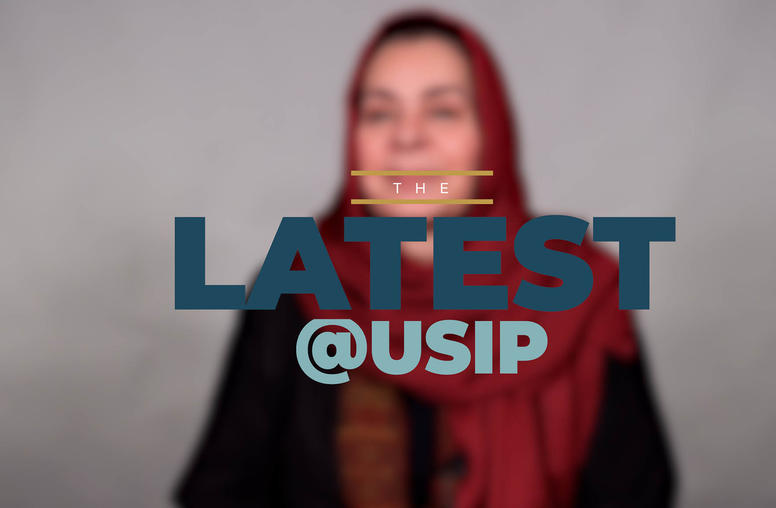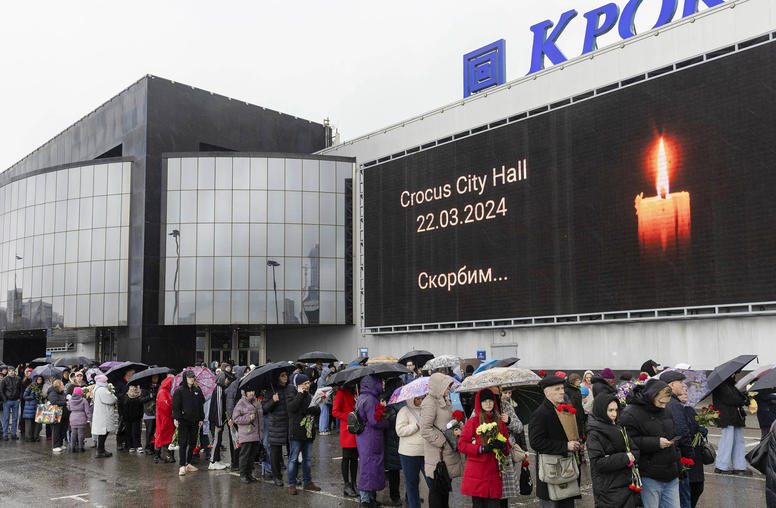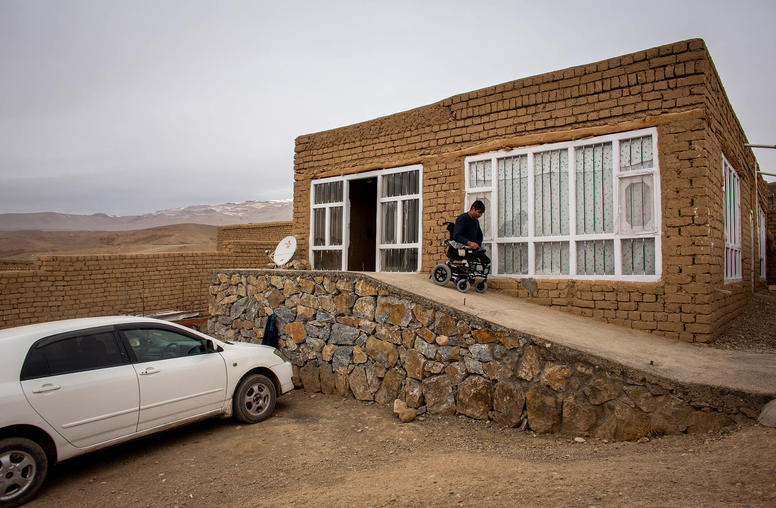USAID in Afghanistan: Challenges and Successes
For nearly sixteen years in Afghanistan, the U.S. Agency for International Development (USAID) has sought to deliver effective development results in a war zone. Its most extensive program since Vietnam, the effort has pushed the agency well beyond its traditional boundary of delivering development aid. This report—which is based on field experience in Afghanistan, interviews, and a review of retrospective analyses—examines the challenges of working amid conflict while, despite generous funding, subject to shifting political and security objectives and high expectations. Its recommendations are specific and targeted to future endeavors in similar environments around the world.
Summary
- The demands on USAID in Afghanistan since 2002 have pushed it well outside its traditional boundaries.
- Expectations were high that USAID would provide development to match the major U.S. military effort: delivering enduring development results in a war zone and billions of dollars of assistance in the face of ever-changing priorities and urgency in a country torn apart by decades of civil war.
- Running throughout have been trade-offs, and at times tension between short-term security and political objectives, using quick-response actions and longer-term development efforts needed to strengthen institutions, support economic growth, reconstruct destroyed infrastructure and build a state after decades of civil war.
- Short-term stabilization programs or long-term development programs in areas with active ongoing conflict have had limited enduring impact. Targeted humanitarian assistance has had more impact.
- Clarity is essential for short-term, quick-impact, quick-response programs, especially in regard to related timelines, sustainability issues, risks, the impact of exogenous events on stability, governance and “hearts and minds” programs, and the broader strategic policy requirements to achieve stated U.S. political and security objectives. Keeping expectations reasonable, especially in complex environments, is imperative.
- As much as possible in a war zone situation, proven development principles—such as local systems, sustainability, evidence-based design and implementation, strong monitoring and evaluation, and country ownership—need to be maintained. Requisite analyses up front are essential, as is focus on institutions and local capacity.
About the Report
This Special Report examines the challenges the U.S. Agency for International Development (USAID) encountered while working in a war zone, despite generous funding, subject to high expectations for long-term institutional development results and constantly shifting U.S. short-term political and security objectives. Based on field experience in Afghanistan, interviews with key practitioners, and a review of retrospective analyses, the report was drafted while the author was an interagency professional in residence at the United States Institute of Peace (USIP). The report reflects the author’s viewpoints and opinions and not those of USAID or USIP.
About the Author
William Hammink is a recently retired career minister in the U.S. Foreign Service and has thirty-six years of experience working with USAID, including as mission director in Afghanistan, India, Sudan, and Ethiopia and assistant to the administrator for Afghanistan and Pakistan.



